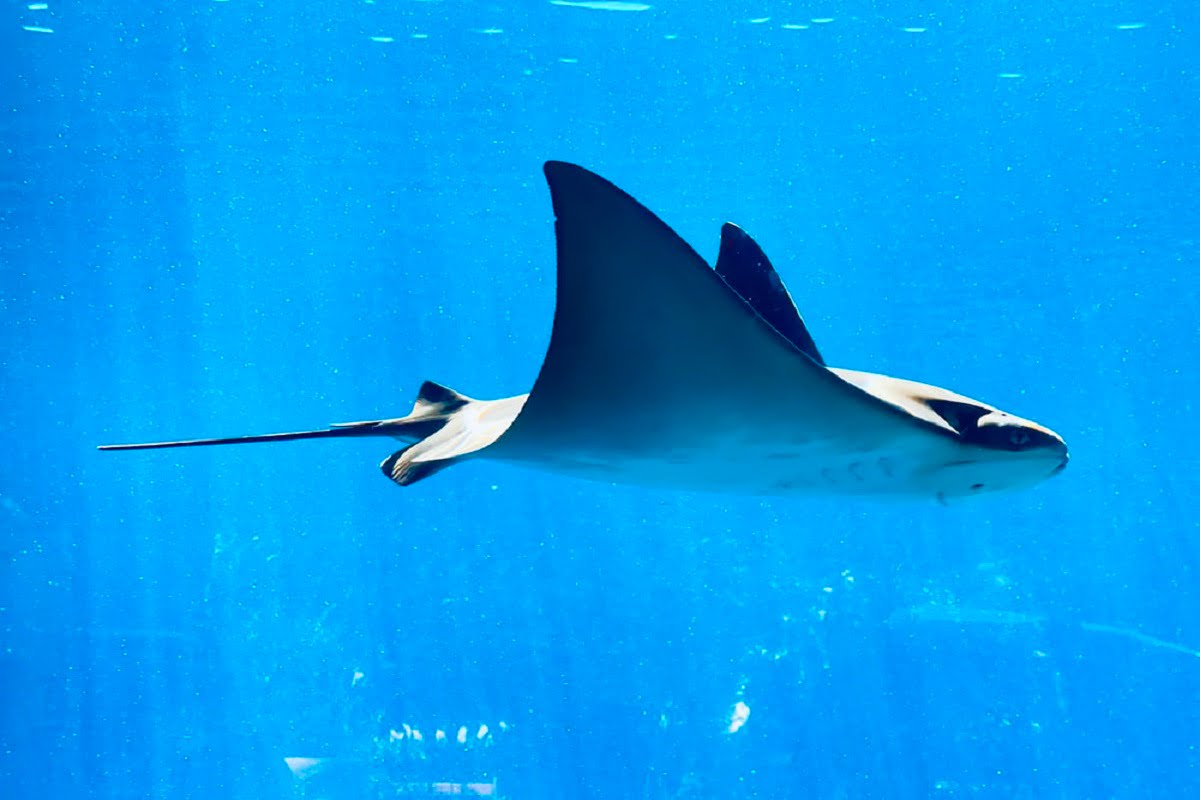Many species are under threat due to human activities and climate change. The manta ray or Mobula birostris is a species that was considered to be endangered. More than 22,000 groups of oceanic Mobula birostris have been found off the coast of Ecuador. This proves that they have been able to sustain themselves very well despite the adverse environment.

The number of these species is much more than scientists think. No one could have imagined that their population would be so large on the shores of Ecuador. In 2019, the marine manta ray was added to the IUCN Red List. The agency reclassified the manta ray as a Near Threatened species.
Arrangements are also made to prevent this fish from being caught commercially. “It’s clear that something different is happening here,” says Oregon State University ecologist Joshua Stewart. This is a rare story in the history of marine fauna. In other regions, the population of this marine animal is generally estimated at 1,000 to 2,000. ”
Although it is clear that marine manta rays are vulnerable species, these animals are not easy to study and observe. They spend a lot of time on the coast, and their movement patterns don’t match our thoughts. Since the late 1990s, scientists have been tracking this particular group of manta rays off the coast of Ecuador. Between 2005 and 2018, researchers have been looking at photos taken over a decade.
“The photos used in our study were taken by divers on the tour. They have contributed as citizen scientists. They take a lot of pictures of these particular species of marine life,” said Kanina Harty, a marine researcher at The Mantra Trust in the UK. “We get a huge amount of information about each animal from these photographs.” The research is published in the Marine Ecology Progress Series.
